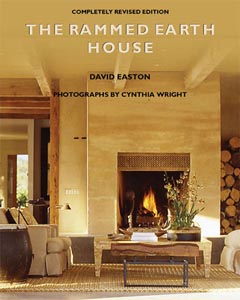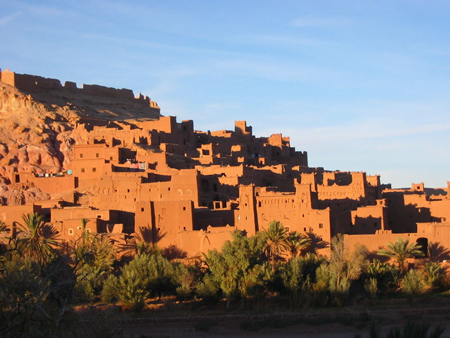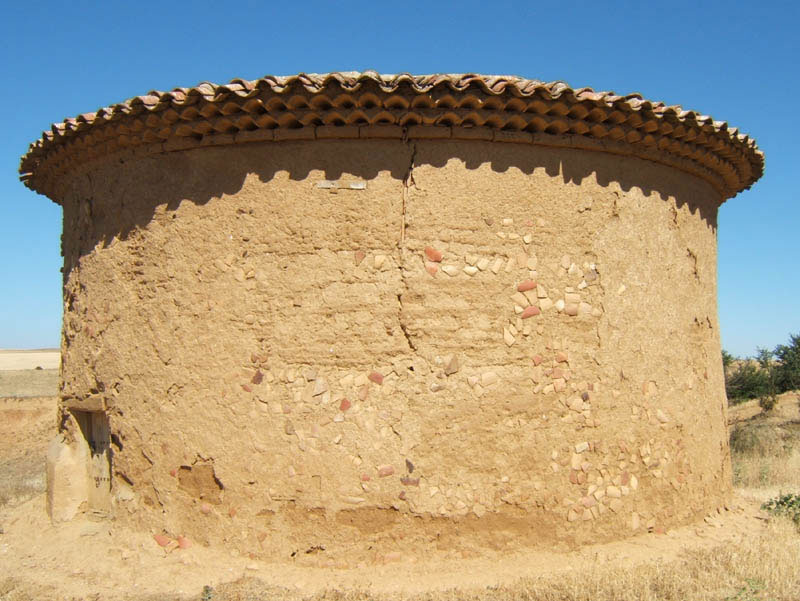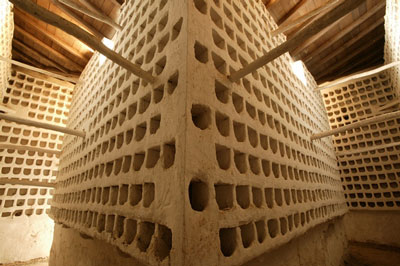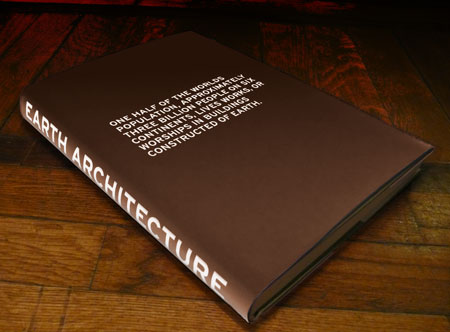
Earth Architecture began February 22, 2003 as a way to organize online research on earthen architecture and now, after almost 5 years of blogging on earth architecture, a book on the subject that will be published by Princeton Architectural Press in the Fall of 2008. The book will offer a history of earthen architecture, particularly a modern history of earthen architecture which touches on the efforts of Cointeraux, Gaudí, Schindler, Wright, Le Corbusier, Loos, Fathy, and many more of your favorite architects of the modern era. The book also discusses Rammed Earth, Mud Brick, Compressed Earth Block and many of the several earth building technologies and how they have evolved to meet the demands of contemporary society.
The book will also feature 40 cutting edge projects designed by architects and constructed of earth from the past 35 years, including work by many well known architects such as Rick Joy, Mauricio Rocha, Rural Studio, Glenn Murcutt, Arup Associates, Mathias Klotz, Predock_Frane Architects, Cutler Anderson Architects, Reitermann and Sassenroth, Heikkinen – Komonen Architects and Yung Ho Chang, to name a few, as well as important works by lesser well known architects who have produced critical works of contemporary architecture.
This is a very exciting moment in the history of this blog. It coincides with International Listings ranking Earth Architecture among the top 100 Architecture Blogs. It is an honor to be on the list with some really great blogs. In fact, I have to give props to Geoff for the idea for announcing the impending publication. If you’d like to know more about the book or would like to be reminded when the it is released, please email me, and thanks for reading about the most widely used building material on the planet.




